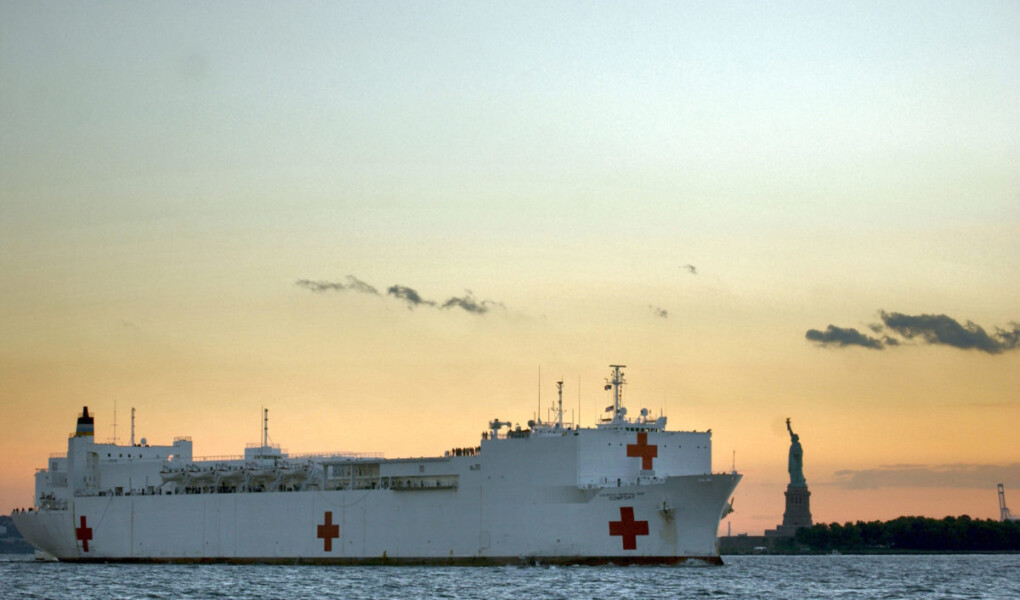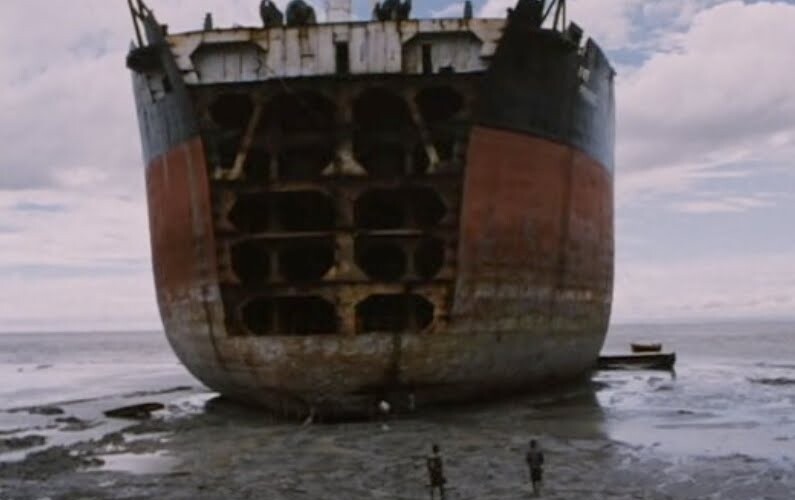The hospital ship USNS Comfort is en route to New York City. One of just two hospital ships in the Navy fleet, it has been dispatched from Norfolk, while its sister ship Mercy recently arrived in Los Angeles. Comfort will dock at the Manhattan Cruise Terminal (and some dredging is required to fit the converted oil tanker into the berth), while the counterpart Red Hook Cruise Terminal is being converted into one of the city’s five emergency hospitals, along with the Javits Center, Bronx Expo Center, Queens Aqueduct, and the College of Staten Island (which, coincidentally, sits on the former site of Halloran Hospital, the Army’s largest hospital in World War II).
The ships are being activated to provide relief for the non-COVID-19-related hospitalizations; ships will handle trauma and other emergency cases so the land-based hospitals can focus on fighting the pandemic. Some have questioned the wisdom of this plan, especially considering that the ships have no full-time medical staff but have to pull them from other land-based facilities, but the 1,000 beds and 12 operating rooms should take some of the strain off the city’s overstretched hospitals.
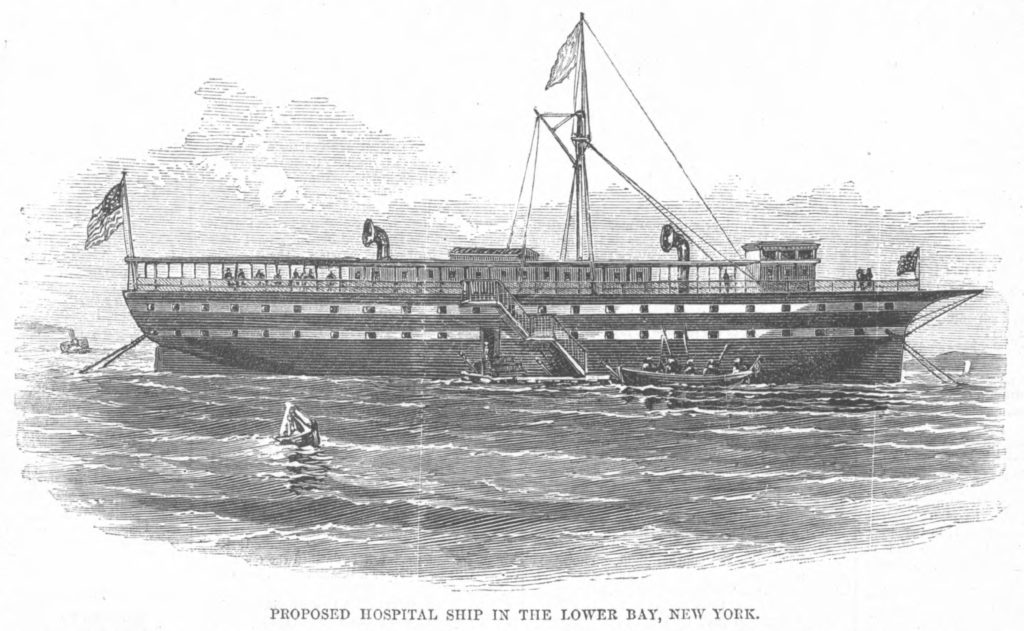
The harbor has always been an important place for medical care. As outbreaks of yellow fever ravaged the region in the late 1850’s, New York State authorized the creation of a quarantine ship, Florence Nightingale, which began operations in the summer of 1859 in the Lower Bay between Brooklyn in Staten Island. This ship was in large part a compromise measure, as communities in Brooklyn, New Jersey, and Staten Island had forcefully opposed quarantine hospitals, the latter violently so; Staten Islanders burned down two different quarantine hospitals shortly after they opened in 1857 and 1858. Once the operations moved offshore, the docking of the ship also became a political hot potato, forcing it to move back and forth as Brooklynites and Staten Islanders protested.
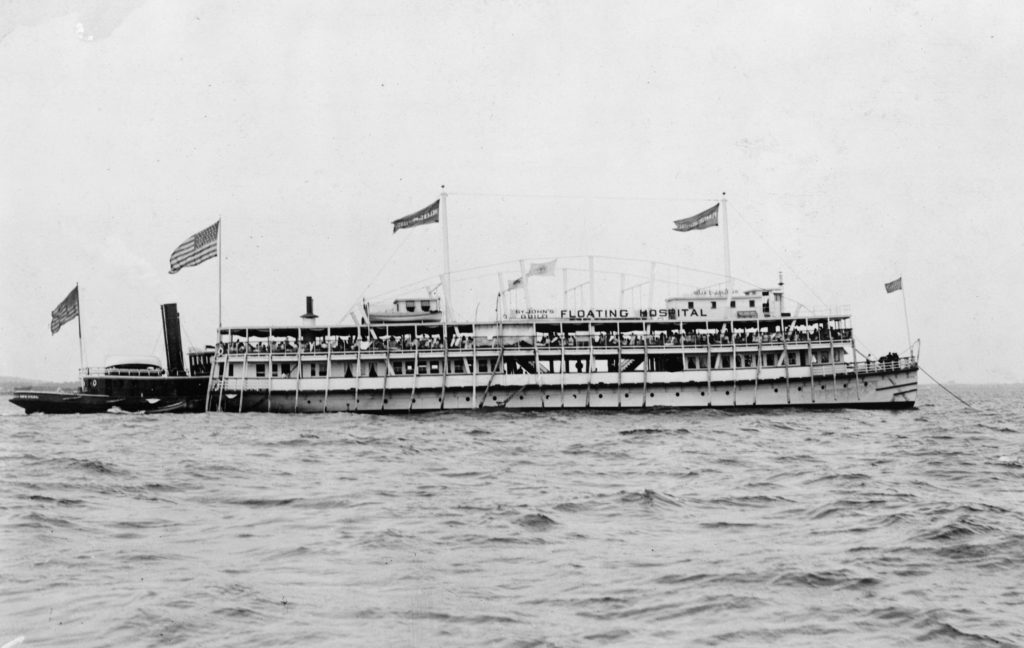
Following the Civil War, the harbor became not just a place of quarantine and exile for the sick, but a place to restore one’s health. The Floating Hospital was established in 1866 by the Guild of St. John of Trinity Church with the idea to combine medical care with a harbor excursion. On board, patients could get quality food – especially milk, which was notoriously rotten and adulterated in many poor neighborhoods – a check-up, and healthful sea air.
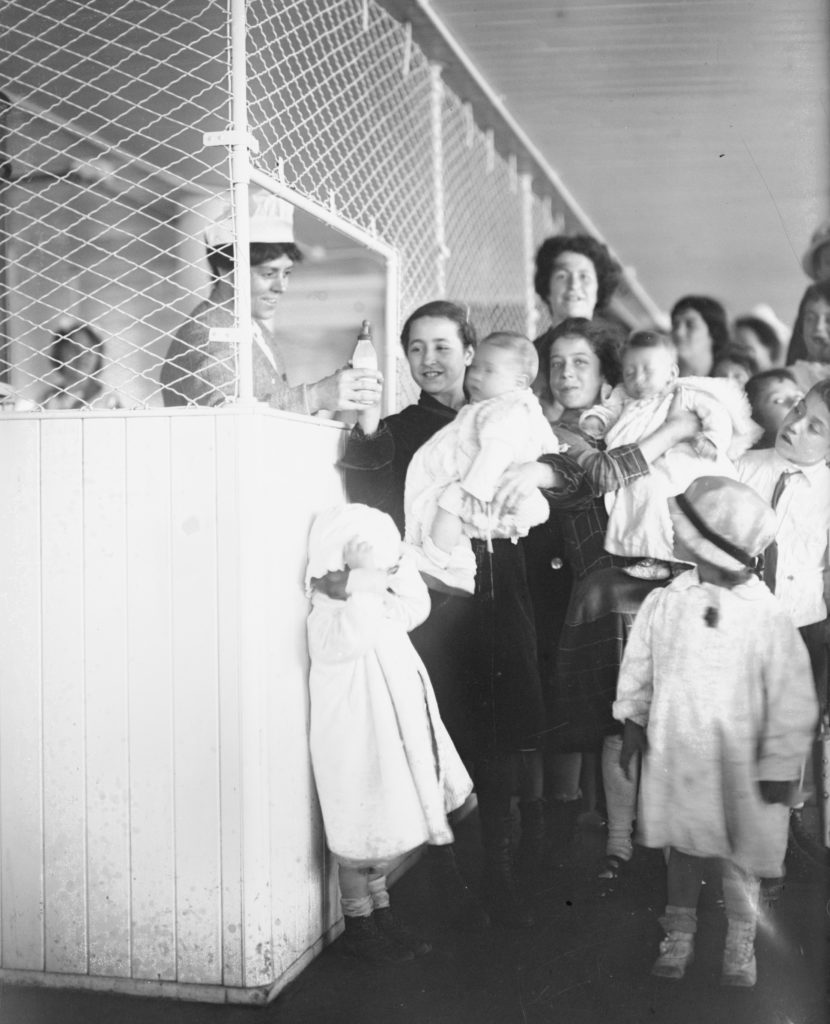
For 136 years, the organization operated on the water, with cruises around the harbor in the summertime, and dockside service in the winter. After operating a series of vessels, most of them barges maneuvered by tugboats, The Floating Hospital’s last season at sea was 2002. The last vessel, the Lila Acheson Wallace, was a long-time fixture at the South Street Seaport, but after the September 11 attacks, it was forced to move, spending some time at the Brooklyn Navy Yard before being sold, and now it languishes in the Hudson River in Kingston, NY. The ships may be gone, but the Floating Hospital still exists, operating a land-based clinic in Long Island City.
The Navy had operated hospital ships since the Civil War, but these were largely for transportation of wounded; it was during World War I that the first ships were built to actually provide care to patients at sea. The first of these, Relief, was built from the keel up as a hospital at the Philadelphia Navy Yard, while the other three – Solace and, not coincidentally, Comfort and Mercy – were repurposed passenger liners.
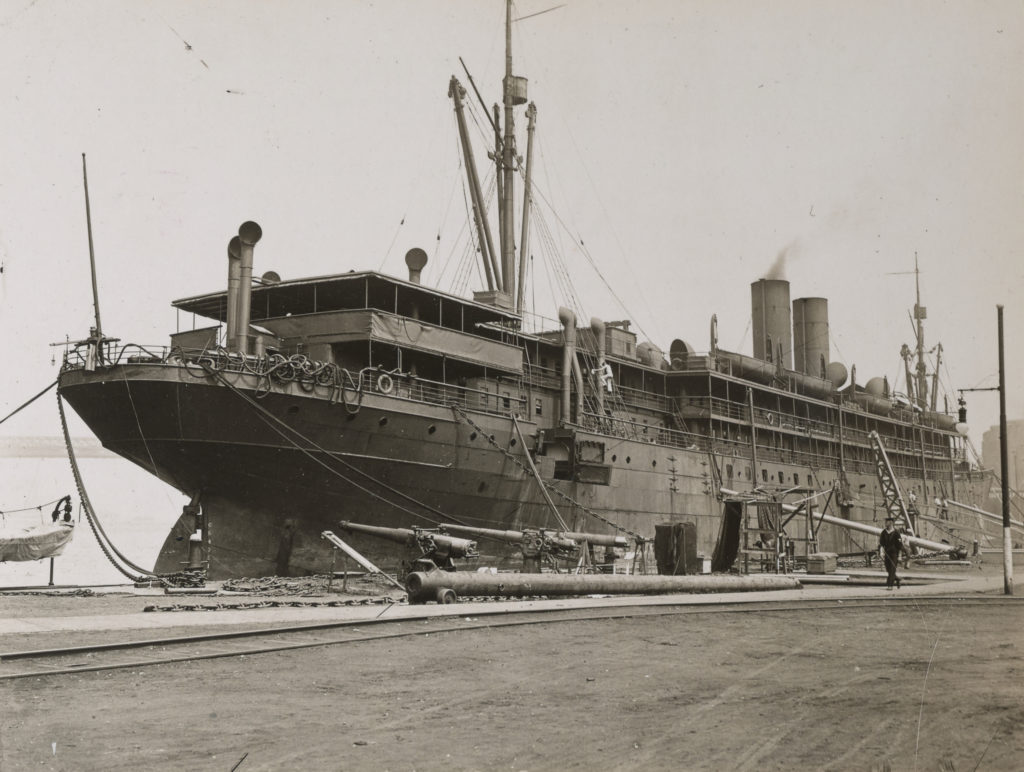
Both Mercy and Comfort underwent conversion at the Brooklyn Navy Yard in 1917–1918, and all spent significant periods of time at the Yard. Comfort (AH-3) had been the passenger steamer SS Havana, then requisitioned as an Army transport in May 1917, before being turned over to the Navy. It was docked at the Yard in late summer and fall of 1918, when it treated many victims of the second wave of the influenza pandemic. Mercy (AH-4) had a near-identical path into hospital service, as a steamer of the same design, called SS Saratoga, that then passed to the Army and then the Navy. It spent much of its wartime service in Norfolk, Virginia.
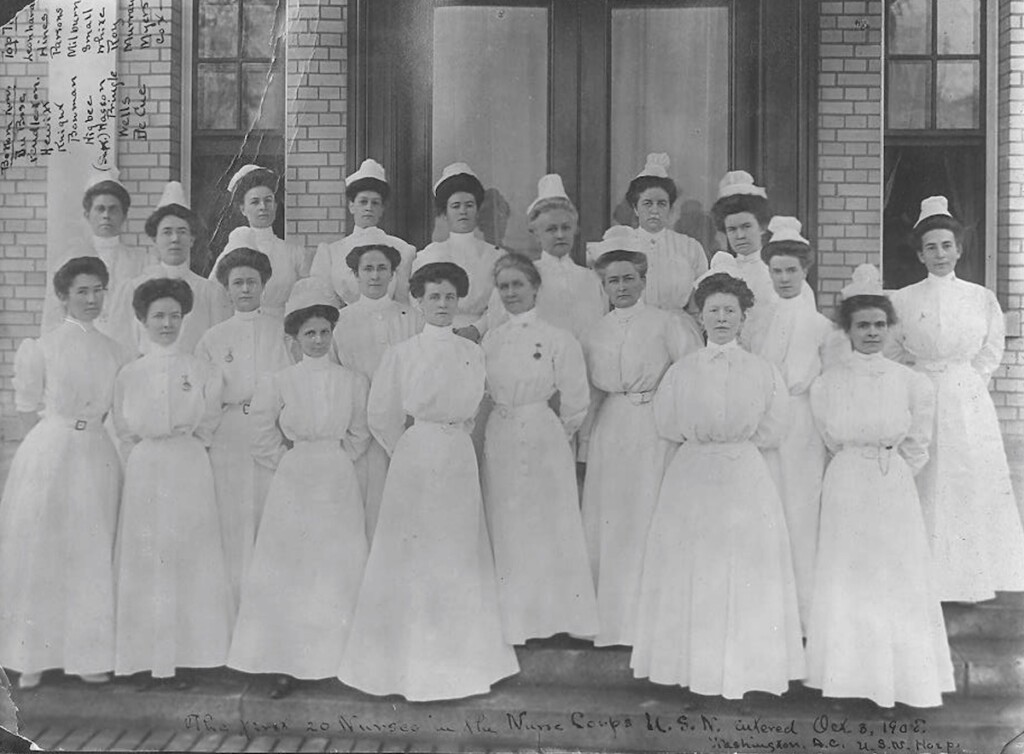
The people on board these hospital ships had another connection to the Brooklyn Navy Yard: the first contingent of female nurses to serve on a ship, who joined the crew of the USS Relief in 1919, were led by Josephine Beatrice Bowman, who started her career at the Brooklyn Naval Hospital ten years earlier with the first class of Navy nurses.
These World War I hospital ships were decommissioned shortly after the war, but the fleet would have to be rebuilt for the next war. By the end of World War II, the US Navy had 14 hospital ships in service, one of which, USS Rescue, underwent conversion to a hospital ship at the Brooklyn Navy Yard in January 1945.
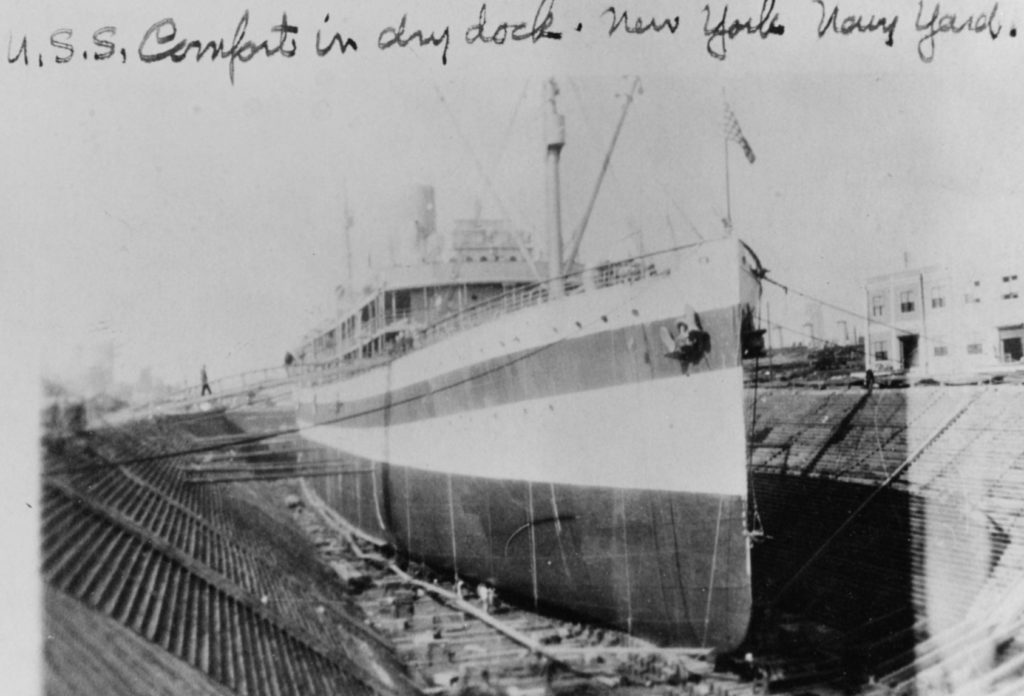
Today the Navy has just two hospital ships, both under the Military Sealift Command, meaning the ships are owned by the Navy, but crewed by civilian mariners. They are both converted 894-foot crude oil supertankers, built in 1975–76, and entered service as hospital ships in 1986–87. They are primarily used for treating wounded service members and for humanitarian and disaster relief missions overseas. The last time either was deployed domestically was after Hurricane Katrina in 2005, and Comfort visited New York following September 11, 2001.
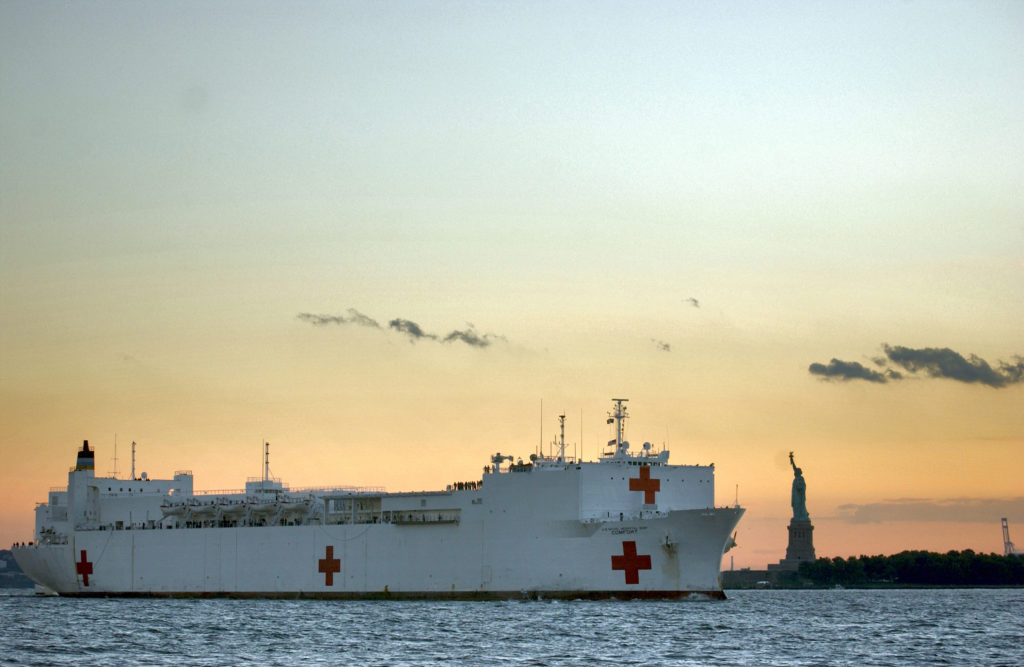
Hopefully, the arrival of Comfort in our harbor can provide some relief for the overworked and vulnerable medical staff in this city as the number of COVID-19 cases spirals upwards daily.

